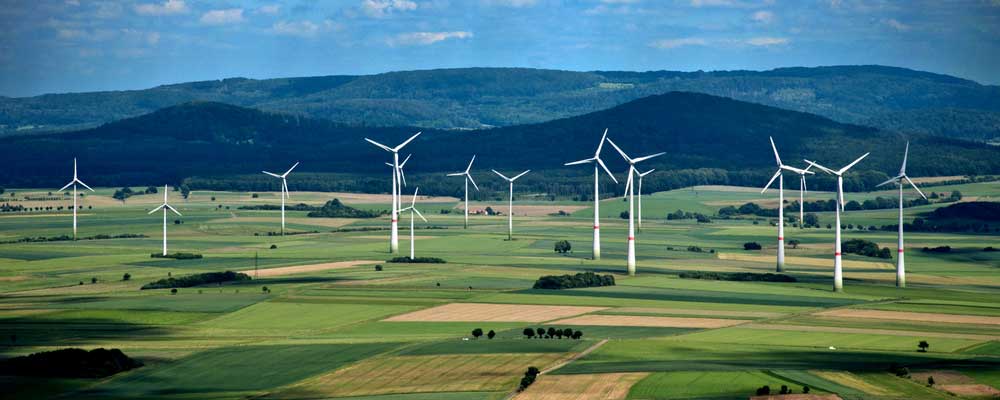Cruising down a dirt road that cut through the mountain pines, I reached a clearing of a field of hay.
Greeting me were towering windmill blades. One after the next, the blades emerged from behind the mountain and then disappeared just in time for another to appear.
I stood there watching them while the farmer collected a dozen eggs from his hens.
“Beautiful scenery, and I’m sure it cuts down on the bills,” I said as I gestured to the windmills.
He looked at me as if I had delivered a personal insult. The farmer went on to describe the windmills with adjectives not appropriate for this article.
Resistance to Renewable Energy
My trip to a family cabin in upstate New York was an enlightening one.
It put a spotlight on the juxtaposition of the American Northeast energy demands.
The northeastern block of states boasts the densest population in America. A combined 55 million people call this region home.
A growing population and bitter winters means that energy isn’t only a convenience — it’s a matter of survival.
The region has resisted building new oil and gas pipelines even in the face of the Marcellus shale boom in Pennsylvania. Officials are pushing for renewable sources like wind and water.
But progressive energy plans are often thwarted by a “not in my backyard” mentality.
A plan to provide hydropower to Massachusetts from Canada was scrapped when towns and cities in New Hampshire wouldn’t allow the transmission lines to be built.
Cape Cod, Massachusetts, residents put on a bitter 16-year battle against offshore wind farms. Everyone from seaside residents to fishermen fought against it.
Skirmishes like these flare up across the Northeast. Residents want clean energy, but they want pristine views, too.
Renewable Energy Demand & Progress
Last winter Massachusetts came within hours of an energy catastrophe. As a brutal winter storm plunged it into a deep chill, power plants were put to task.
Unable to bring in enough natural gas through pipelines, plants ran on reserves of oil and coal. With supplies dwindling, the plants were racing against the clock to keep the lights on for millions of residents.
Signs of progress are emerging. Ørsted (Copenhagen: ORSTED) bought out Deepwater Wind, a regional wind energy company.
After years of negotiating projects, Deepwater Wind holds the keys to projects in Rhode Island, Connecticut, Maryland and New York.
Ørsted will bring experience as a large-scale developer of wind power projects in Europe and Asia.
The Martha’s Vineyard project will provide power to an estimated 600,000 homes.
More projects will need to see approval to provide New England with energy security in the face of a growing population.
In Real Wealth Strategist, we are on the lookout for energy companies that can tap into the future of renewable energy.
Good investing,
Anthony Planas
Internal Analyst, Banyan Hill Publishing
